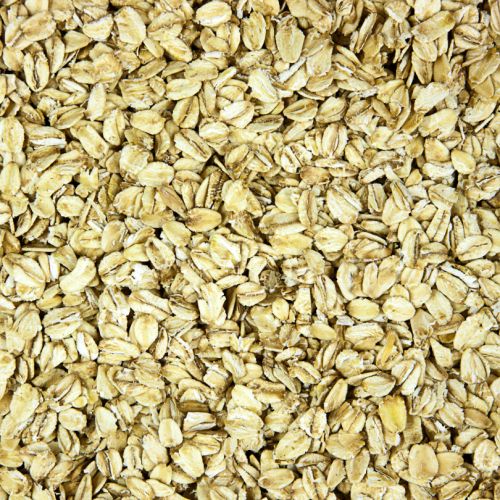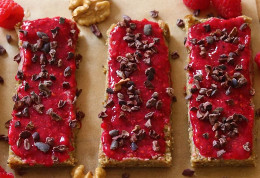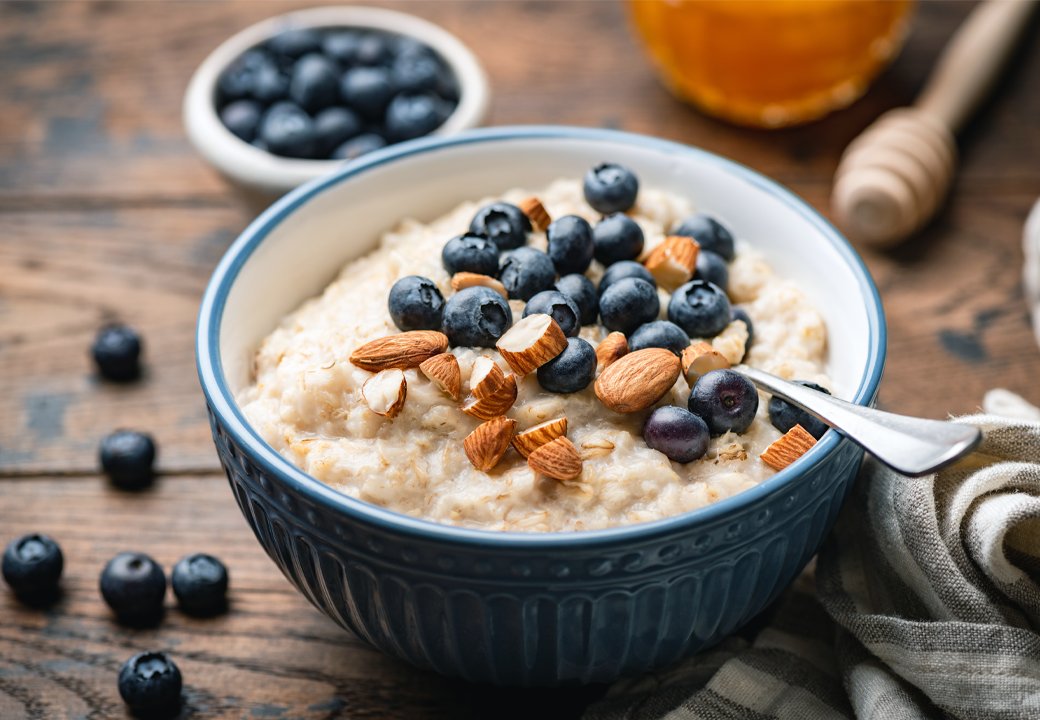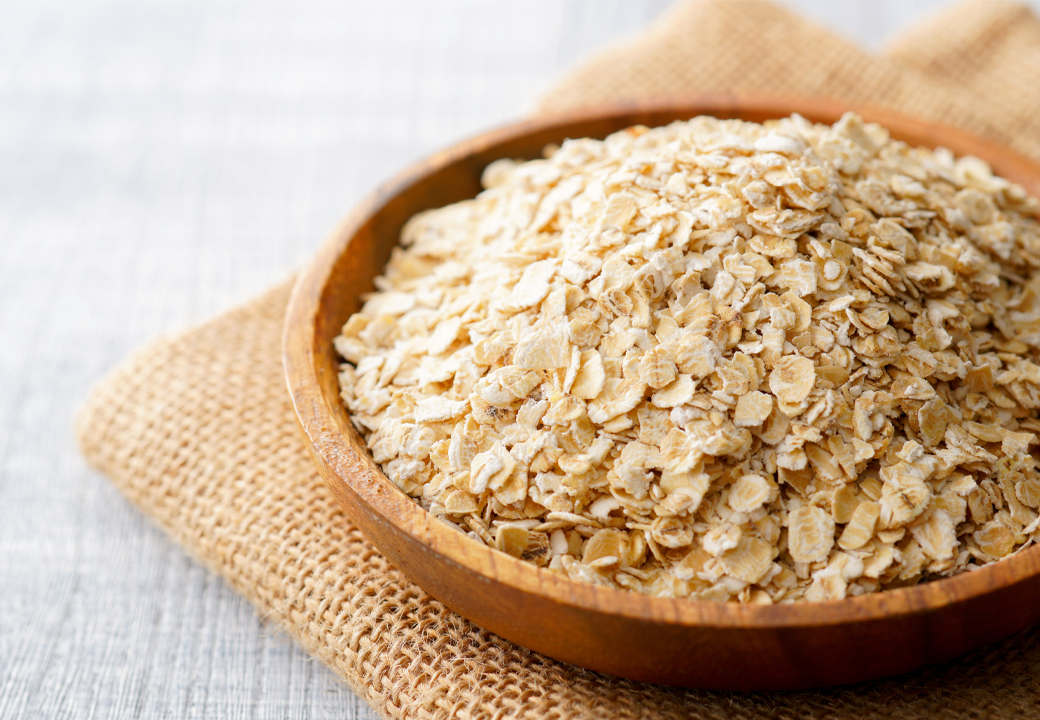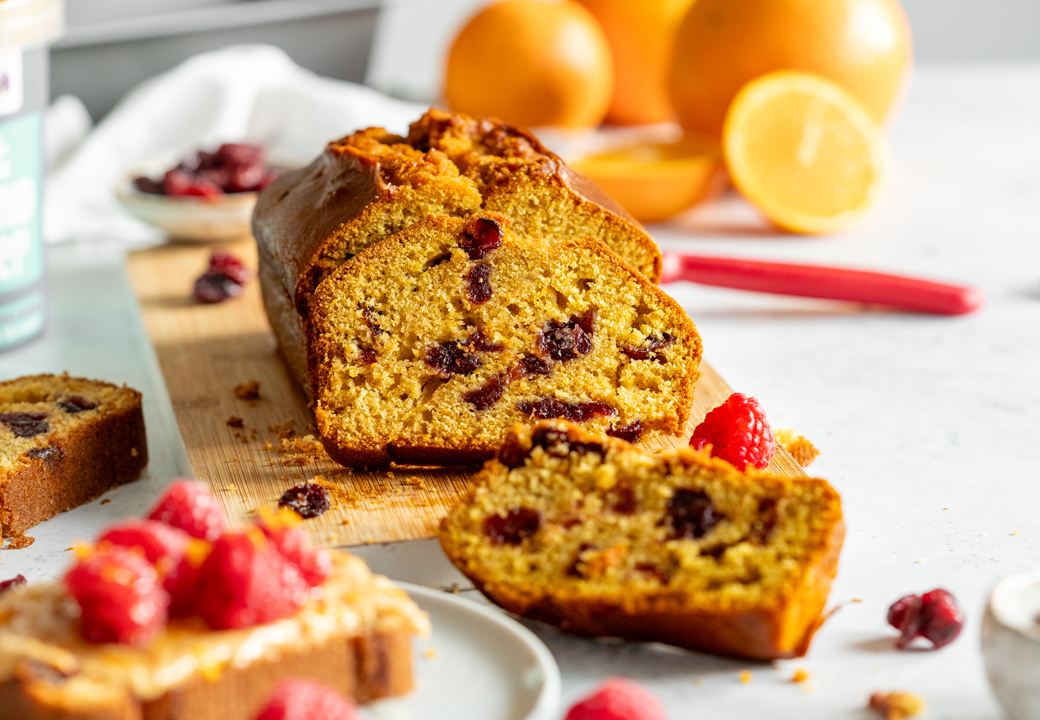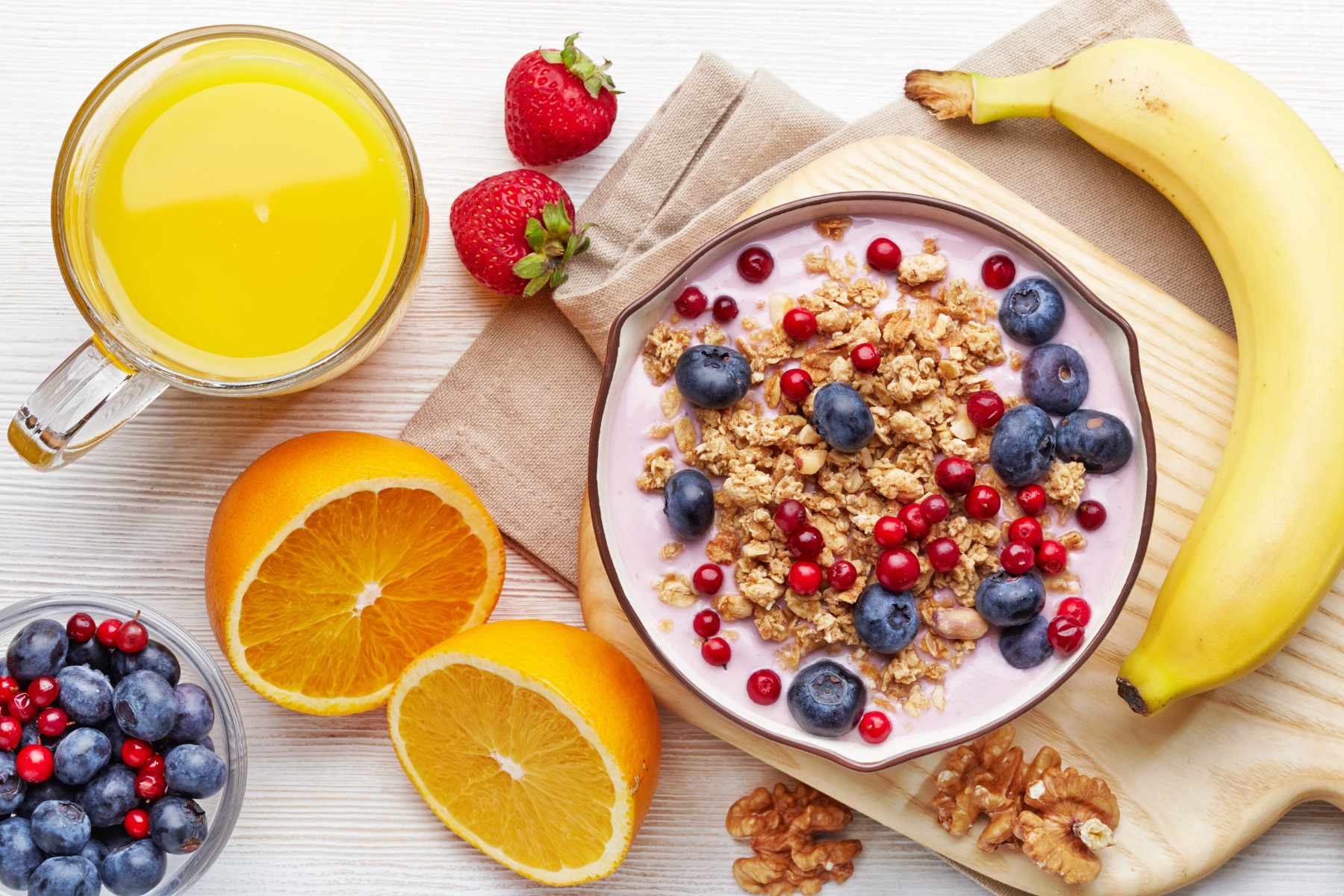

Photo Credit: "© [Mara Zemgaliete] / Adobe Stock
It’s Better Breakfast Week, and we want to spread the word about what it is and how we can help. Up to 30% of children and teens skip breakfast on a school day, preventing them from getting the vitamins and minerals they need for growth and development.
National Better Breakfast Week aims to promote healthy morning nutrition so kids can start their school day on a full stomach. Basically, it aims to help kids process and remember what the maths teacher is saying and engage in anything other than the Bunsen burner in science.
Read on to find out more about Better Breakfast Week and some quick, healthy breakfast ideas that you or your kids can whip up on a school morning.
What is Better Breakfast Week?
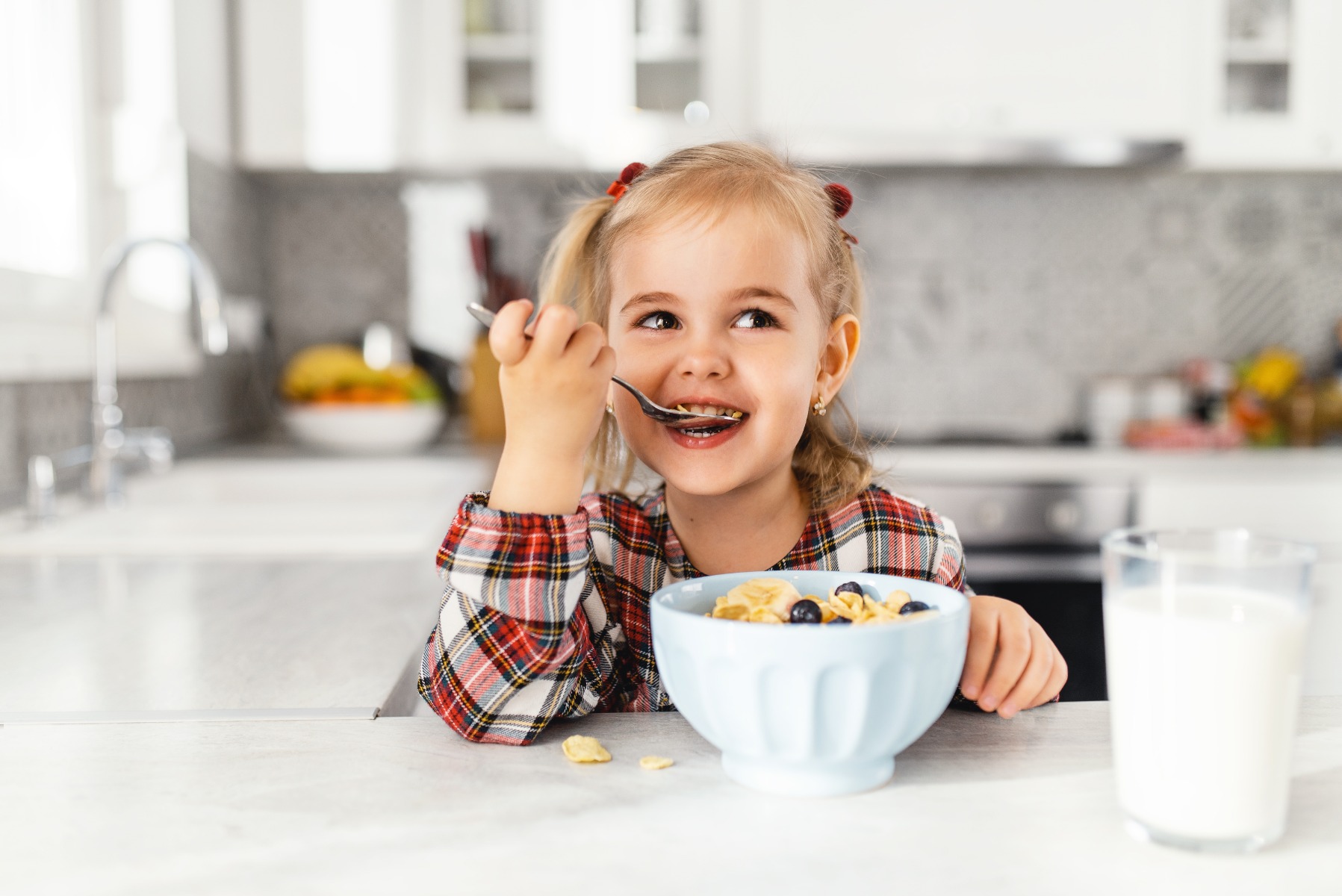

Photo Credit: "© [BurntRedHen] / Adobe Stock
National Schools Breakfast Week (NSBW), also known as ‘Better Breakfast Week,’ takes place for a week in September each year. It aims to raise awareness about providing children with a nourishing breakfast to kickstart the school day.
Many kids and teens have breakfasts with little nutritional value or skip the meal altogether. However, research shows a healthy breakfast can transform a child’s focus, learning, and school performance.
Benefits of a healthy breakfast
There are many benefits of ensuring your children (no matter whether they’re in primary or secondary school) have a nutrient-dense breakfast.
- Better energy
- Balances the nervous system
- Contributes to muscle growth
- Helps bone development
- Increases focus and attention span
- Improves cognitive function for learning
- Enhances moods
- Provides higher-quality sleep
- Encourages healthy eating habits
What makes a nutritious breakfast?
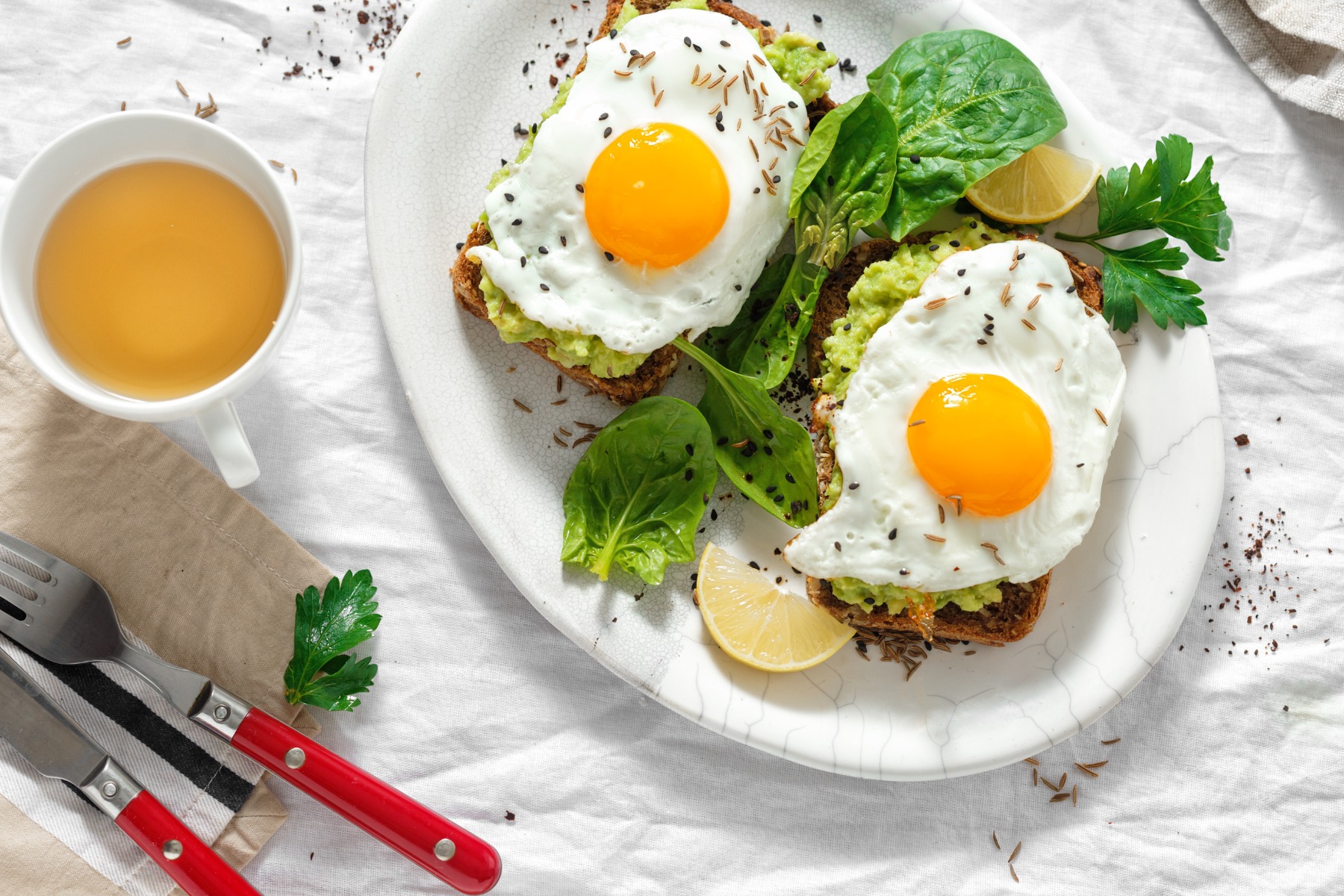

Photo Credit: "© [kucherav] / Adobe Stock
Below is a guide to what makes a healthy children’s breakfast:
Carbohydrates
Great for energy, physical growth, and learning. For example, whole wheat bread and wholegrain cereal.
Protein
Slow releasing for balanced energy levels and contributes to muscle growth and focus—for instance, meat, fish, dairy, eggs, beans, and lentils.
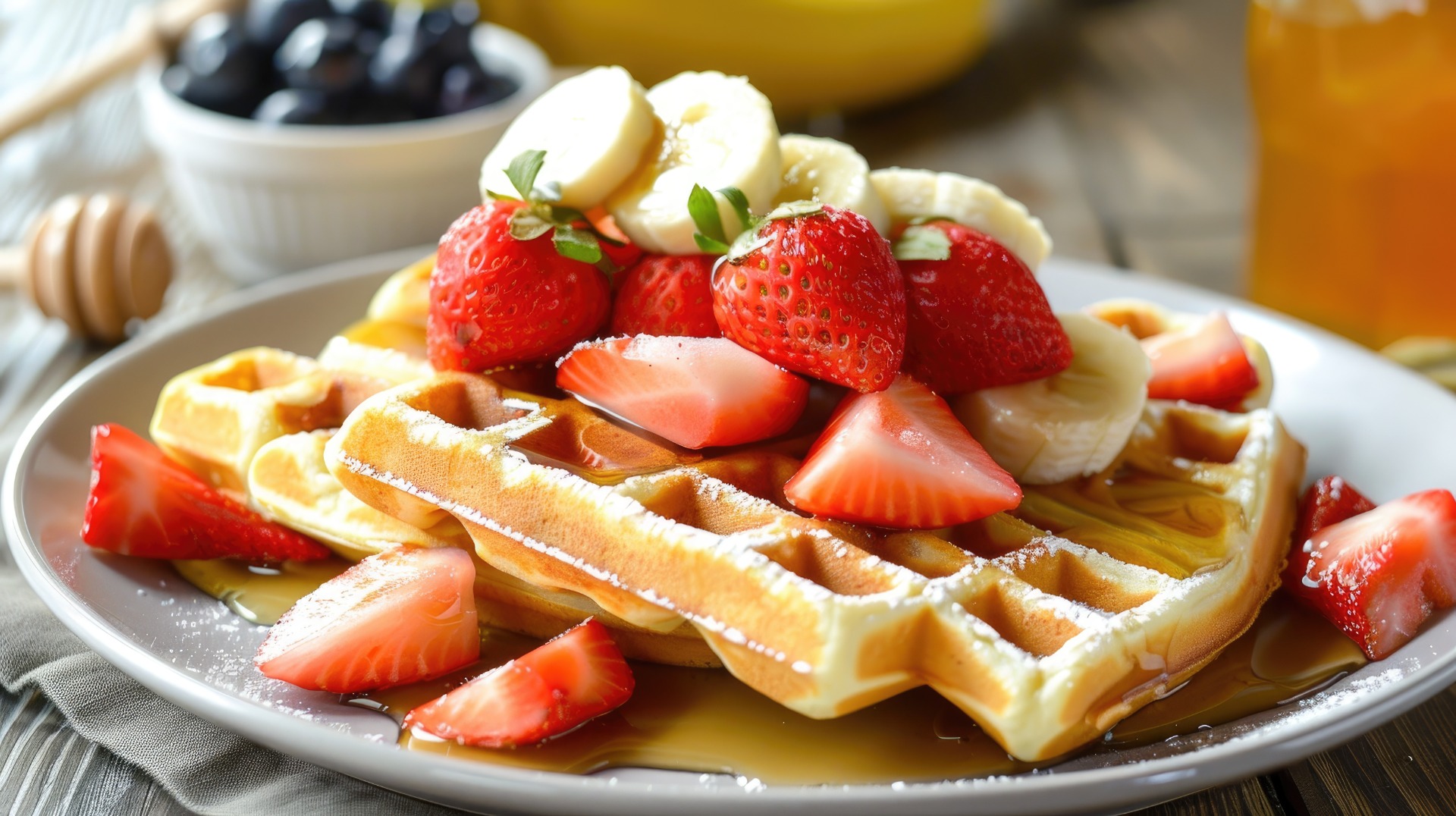

Photo Credit: "© [Emin] / Adobe Stock
Fruit and vegetables
Fresh fruit, dried fruit, and veg are excellent sources of fibre for better gut health, which helps with energy, mood, and cognitive function.
Vitamins and minerals
These help support immune cells, regulate the nervous system, promote better sleep and enhance learning abilities. Essential vitamins and minerals include, B vitamins, vitamin C, zinc, potassium, iron, and magnesium.
Breakfast foods to limit or avoid


Photo Credit: "© [NooPaew] / Adobe Stock
- Sugary foods (e.g., high-sugar cereals, sweets, and pastries).
- Breakfast spreads (for instance, jams, syrups, and marmalade. Some honey is okay, but not too much)
- Juice (e.g., orange juice).
5 quick healthy breakfast ideas for busy school days


Photo Credit: "© [gpointstudio] / Adobe Stock
If you’re reading this thinking, ‘I don’t have time to make a healthy breakfast!’ we understand. School mornings are chaotic at the best of times, without having to make an intricate breakfast
A healthy morning meal can be quick and simple as long as you know what to include. A school breakfast club is another option if you struggle to make breakfast in the mornings. However, if you are planning on your kids having breakfast at home, here are some quick and nutritious ideas:
Overnight oats with dried fruit
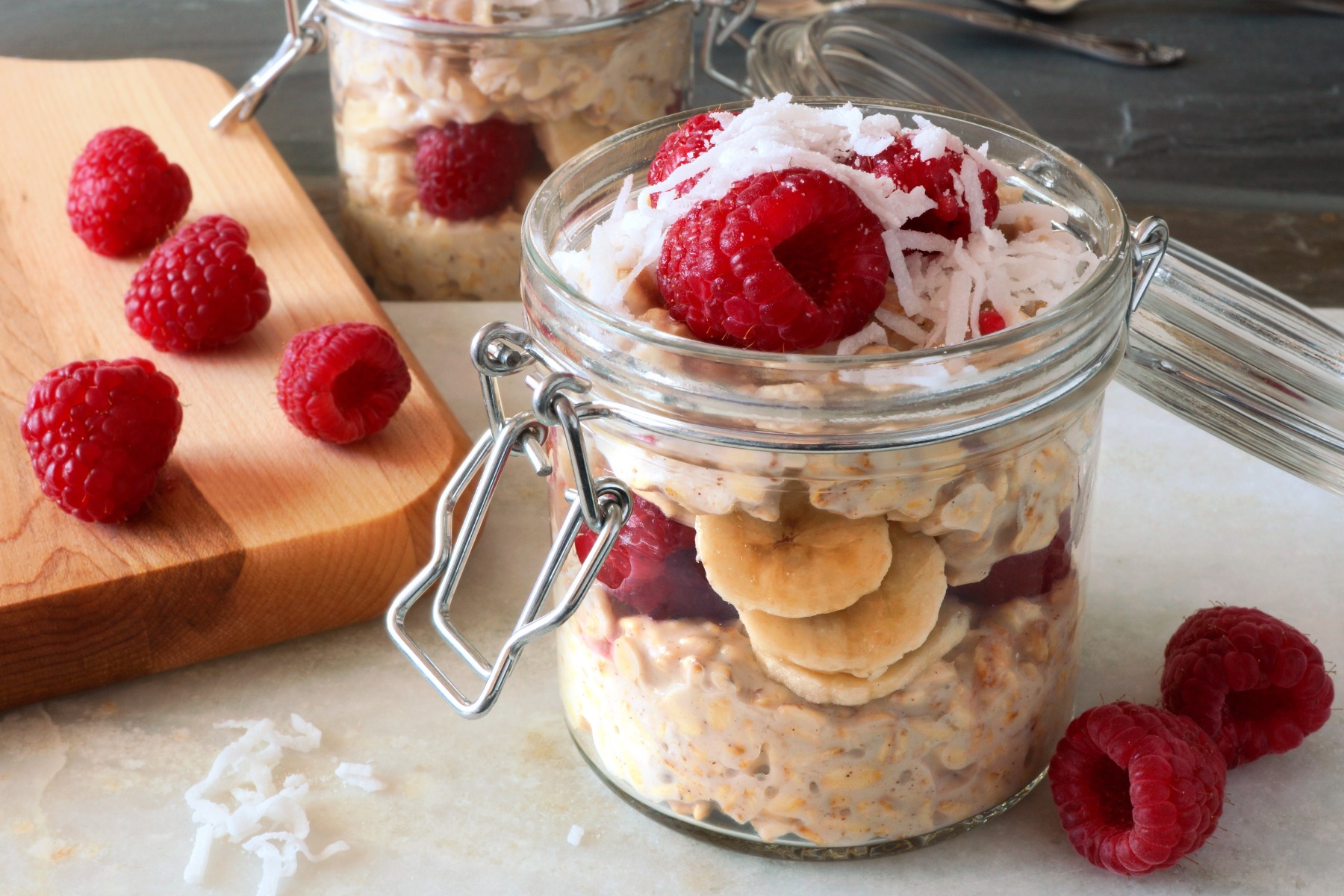

Photo Credit: "© [Jenifoto] / Adobe Stock
Overnight oats can be prepped the evening before, so all you have to do is take them out of the fridge in the morning.
Recipe for overnight oats:
- ½ cup of oats
- ? cup milk of your choice (plant-based or dairy)
- Dried fruit for the topping
Method
Step 1. Combine the oats and milk in a jar or bowl
Mix ½ of our Jumbo Oats with ? cup of milk in a jar or a bowl. Some people love to use glass mason jars because they look appealing, and it’s easy to eat the oats without spilling them.
Step 2. Cover and leave in the fridge overnight
Cover the mixture of oats and milk and pop them in the fridge. The oats will absorb the milk and soften overnight, ready to eat the next day. If you’re feeling adventurous, mix in a teaspoon of chia seeds and flaxseeds for omega-3.
Step 3. Add fruit toppings
Toppings are entirely customisable, depending on your children’s preferences. We love adding dried fruit like Freeze-Dried Strawberry Slices or Freeze-Dried Raspberries. For extra protein, put a dollop of Greek yoghurt on top of the oats, then sprinkle with dried fruit.
Nutty muesli
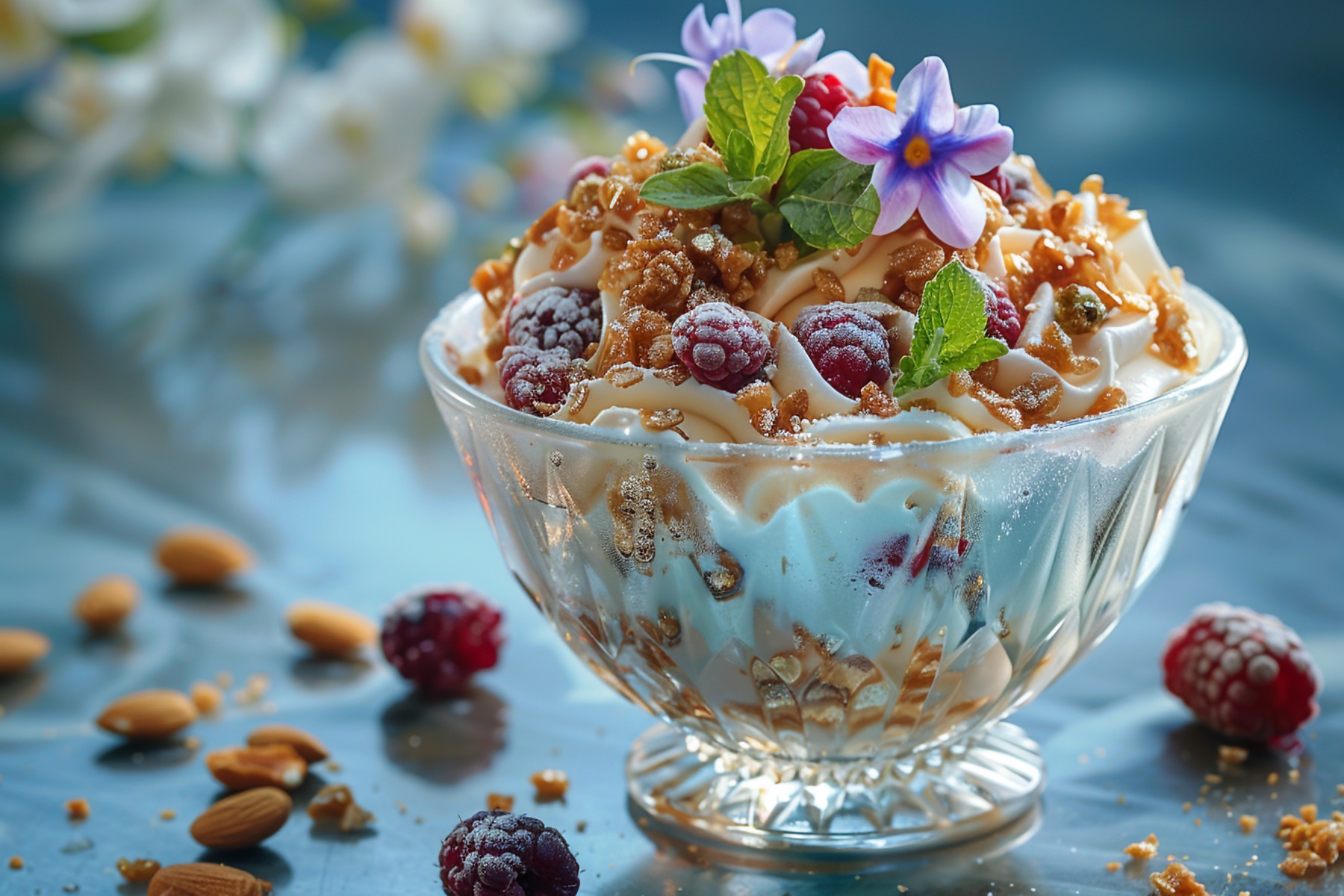

Photo Credit: "© [MarGa] / Adobe Stock
There’s nothing wrong with cereal, but many children’s cereals are packed with sugar and lack fibre, protein, vitamins and minerals.
Switch sugary cereals for a filling and nutritious bowl of Crispy Nutty Muesli. It’s a tasty muesli blend containing pecans, almonds, hazelnuts and pistachios for zinc, calcium, and magnesium. The mixture is low in sugar and contains 7.6g of dietary fibre and 14.5g of protein per 100g.
Wholewheat toast and baked beans
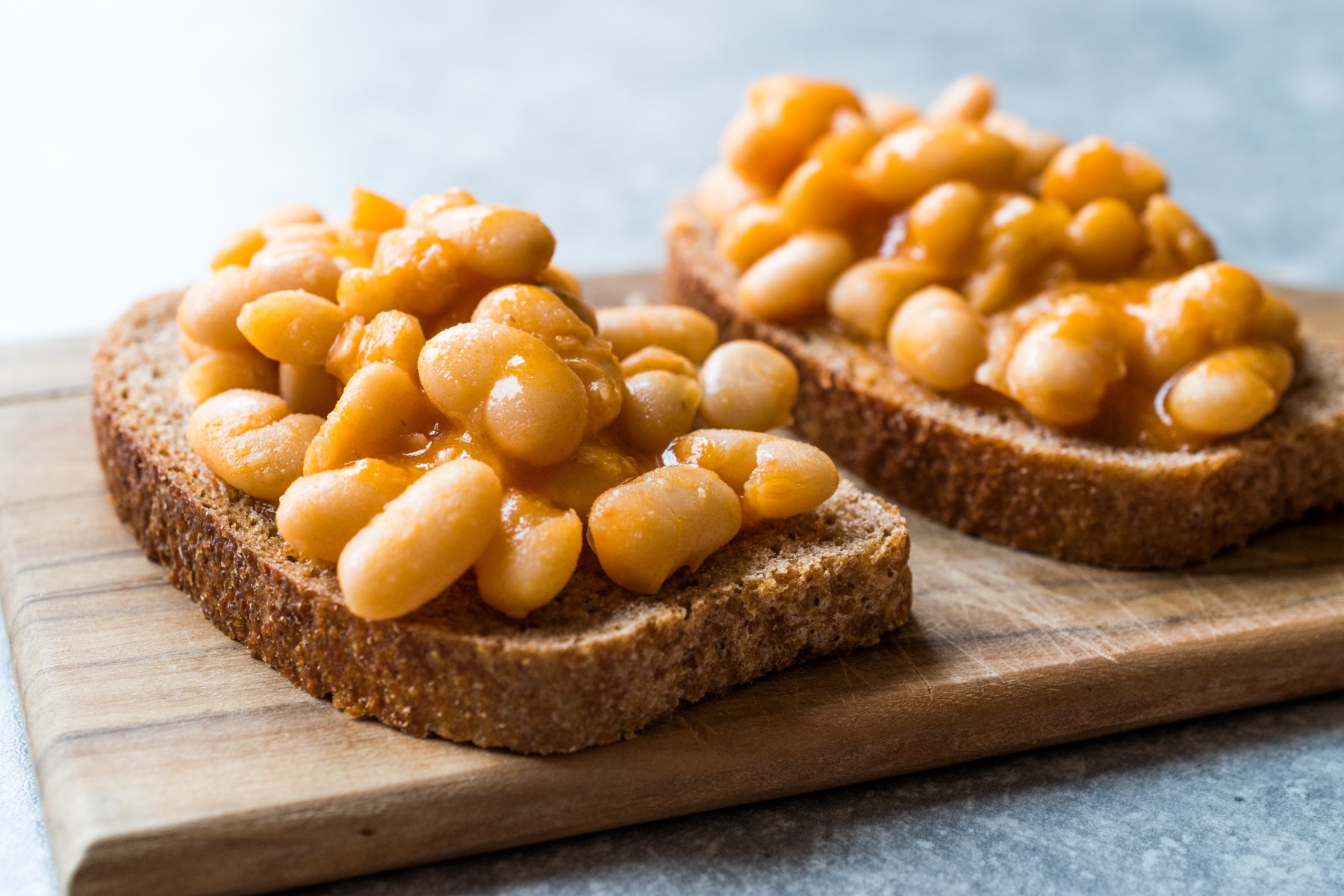

Photo Credit: "© [Alp Aksoy] / Adobe Stock
We recommend Organic Baked Beans with wholewheat toast for a warming breakfast. Beans count as one of your kids 5-a-day, and they’re a great source of fibre and protein - not to mention they taste delicious!
Baked beans will help slowly release energy so your children can maintain concentration throughout the school day. They’re also perfect for combatting mid-morning hunger pangs before it hits lunch.
Rye bread with reduced-fat cream cheese
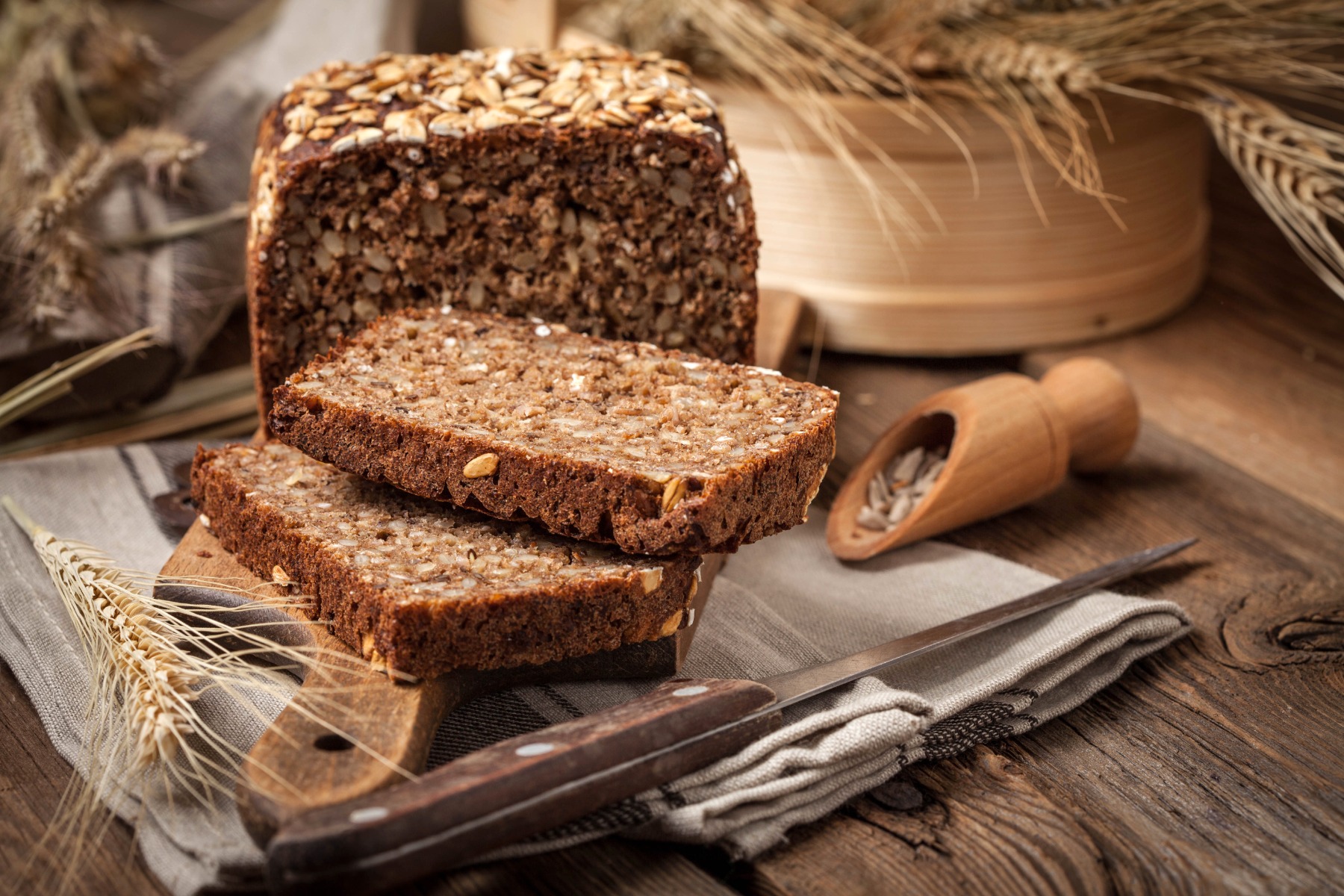

Photo Credit: "© [Arkadiusz Fajer] / Adobe Stock
If your children are bored of toast, why not try rye bread? Rye bread is made from rye grain, and its dense texture keeps you full longer. The fibrous breakfast gradually releases energy, keeping glucose levels balanced to heighten focus.
Our delicious Organic Rye & Pumpkin Seed Bread contains the superfood pumpkin seeds, which are rich in healthy fatty acids for brain development. Add a thin layer of reduced-fat cream cheese for protein for a happy tummy until lunchtime.
Yoghurt with fruit and nuts
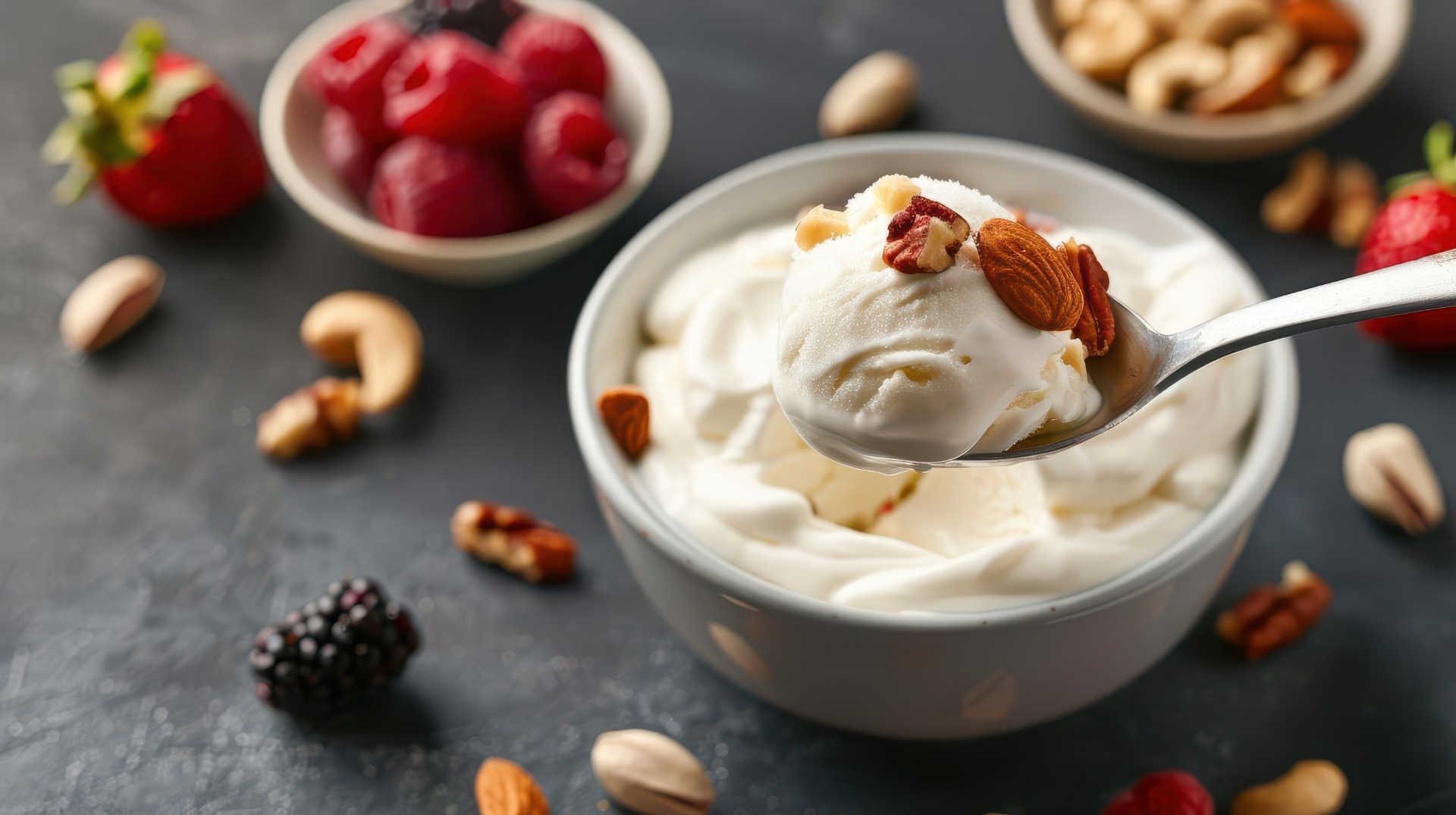

Photo Credit: "© [chayantorn] / Adobe Stock
Reduced-fat Greek yoghurt is bursting with protein to keep the kids focus on learning rather than their hunger. Put a few spoonfuls of Greek yoghurt into a bowl and top with fruits and nuts to give your them B vitamins, zinc and magnesium.
Flaked almonds are quick to add and contain all nine essential amino acids. You can also sprinkle the yoghurt with Grape Tree’s Xl Mix of 11 dried fruits, nuts and seeds, including cashews, yoghurt raisins, peanuts, and more. For sweetness, finish with a drizzle of Pure Gold Manuka Honey (just make sure the children don’t go overboard!).
Help your children enjoy a better breakfast with Grape Tree


Photo Credit: "© [Monkey Business] / Adobe Stock
A nutritious breakfast is a fantastic way to help your kids perform better at school. Giving them a healthy morning meal doesn’t have to take much prep time or become an intricate dining experience. Use our quick and simple, better breakfast recipes and watch your children flourish.
